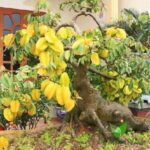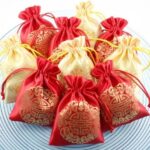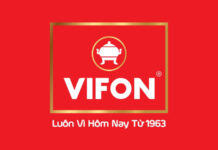The Magnolia Tree: A Symbol of Beauty, Prosperity, and Environmental Resilience
The Magnolia tree, also known as the “Mộc Lan” tree in Vietnamese, is not just a beautiful ornamental plant, but it also holds deep symbolic meanings in feng shui. Many families, as well as restaurants and hotels, often choose to plant this tree in front of their homes or businesses to attract wealth and good fortune, bringing prosperity and smooth sailing to their careers and ventures.
Additionally, the Magnolia tree is seen as a symbol of luxury and opulence. Its majestic presence exudes an air of sophistication and power, leaving visitors in awe of the host’s status and prestige.
Each variety of Magnolia, with its unique color palette, not only enhances the aesthetic appeal of a space but also conveys distinct symbolic meanings. For instance, the “Nhị Kiều” or “Mộc Lan Đĩa” Magnolia, with its pinkish-purple hues, epitomizes nobility, authority, and strength. The pink blossoms also evoke a sense of tranquility and portray a picture of familial bliss and contentment.
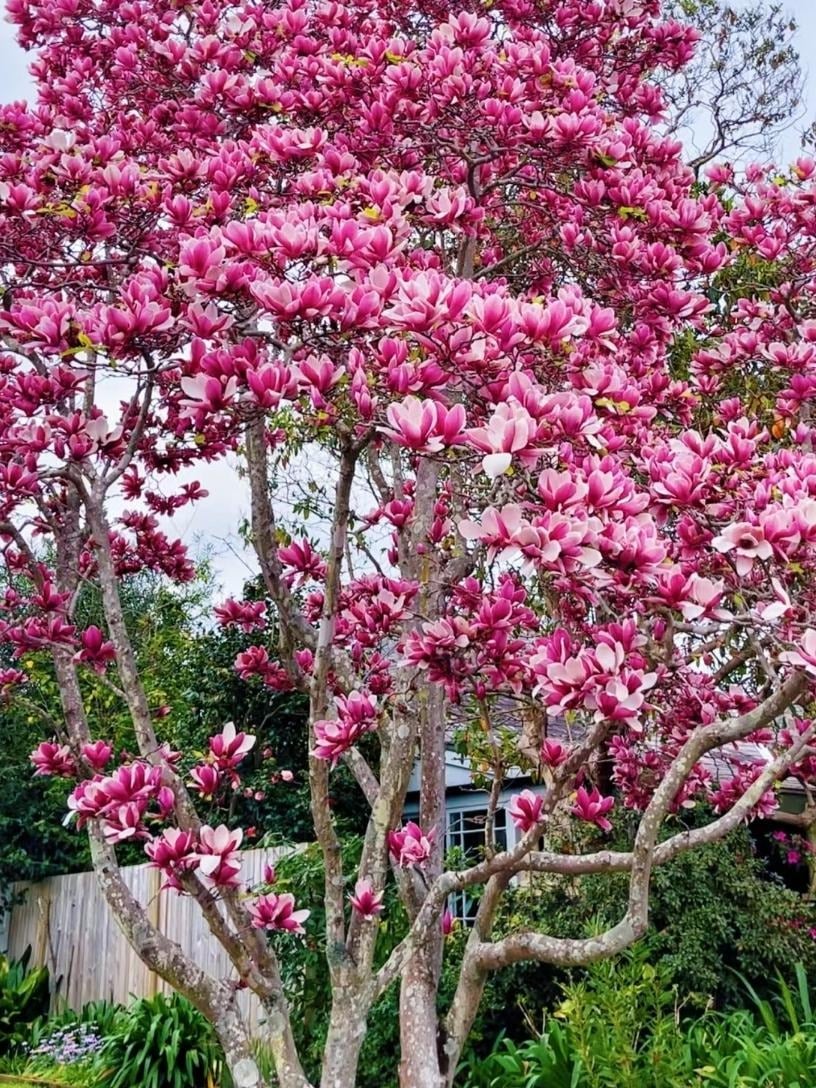
The “Nhị Kiều” Magnolia, with its pinkish-purple hues, symbolizes nobility, power, and strength.
Beyond its visual allure, the Magnolia tree offers a plethora of practical benefits. It is prized for its ability to create a lush, green landscape in urban settings. Whether planted as street trees or showcased in parks, green spaces, and gardens, the Magnolia provides shade and elevates the aesthetic appeal of any environment, even before it bursts into bloom.
When the Magnolia tree does flower, cutting a branch to display indoors brings not only the essence of spring but also fills the space with a delightful fragrance.
The vibrant blossoms, when in full bloom, will spread their cheer throughout the garden, offering a relaxing and joyous experience for all who appreciate the beauty of nature.
Moreover, this versatile tree yields precious essential oils extracted from its bark, leaves, and flowers. Remarkably resilient, the Magnolia tree can withstand harmful gases such as sulfur dioxide, making it an ideal choice for planting in industrial and mining areas to improve the environment and purify the air.
The Magnolia tree thrives in sunlight but can also tolerate light shade. It is remarkably hardy and can endure cold spells, surviving temperatures as low as -20°C. However, it is essential to note that the tree is not suited for drought or waterlogged conditions, a consideration to keep in mind during planting and care.
Magnolia trees favor fertile, well-drained soil with a slightly acidic pH. Interestingly, they can also adapt to mildly alkaline soil. These trees have the capacity to grow and withstand harmful gases like sulfur dioxide and chlorine. Their lifespan typically ranges from 20 to 50 years, and they can reach heights of 6 to 10 meters with a canopy to match.
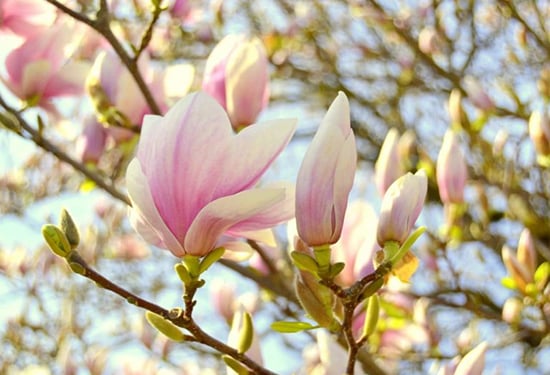
Magnolia trees favor fertile, well-drained soil with a slightly acidic pH.
If you’re fortunate enough to have a “Mộc Lan Đĩa” Magnolia gracing your garden, proper care is essential. While these trees undoubtedly enhance the beauty and grandeur of your space, they require thoughtful nurturing to thrive. Here are some key considerations for their care:
Water
Water is pivotal to the care of the “Mộc Lan Đĩa” Magnolia. Ensuring that the tree receives sufficient water is critical, especially during the summer when it is actively growing.
To effectively water your Magnolia, employ the technique of soaking the soil around the tree’s base. This means avoiding a cursory sprinkle and instead ensuring that moisture penetrates deeply into the soil, allowing the tree’s roots to absorb ample water for robust growth. Water slowly and carefully to ensure the roots receive the necessary hydration for their well-being.
Soil
Soil is an indispensable component in the care of the “Mộc Lan Đĩa” Magnolia. These trees generally favor sandy soils with excellent drainage.
If you’re working with heavy or clay-like soil, improving its quality is imperative. You can do this by incorporating organic matter such as compost or peat moss into the soil. This not only enhances drainage but also facilitates root absorption of nutrients, fostering healthier tree growth.
Fertilizer
Fertilization is a crucial aspect of caring for the “Mộc Lan Đĩa” Magnolia, helping it maintain its health and promoting its growth. For optimal results, fertilize your tree twice a year – once in spring and once in autumn, or alternatively, during summer and winter.
Slow-release fertilizers are the ideal choice for this tree. However, be sure to follow the instructions on the product packaging, as over-fertilization can harm the roots and negatively impact the tree’s development.
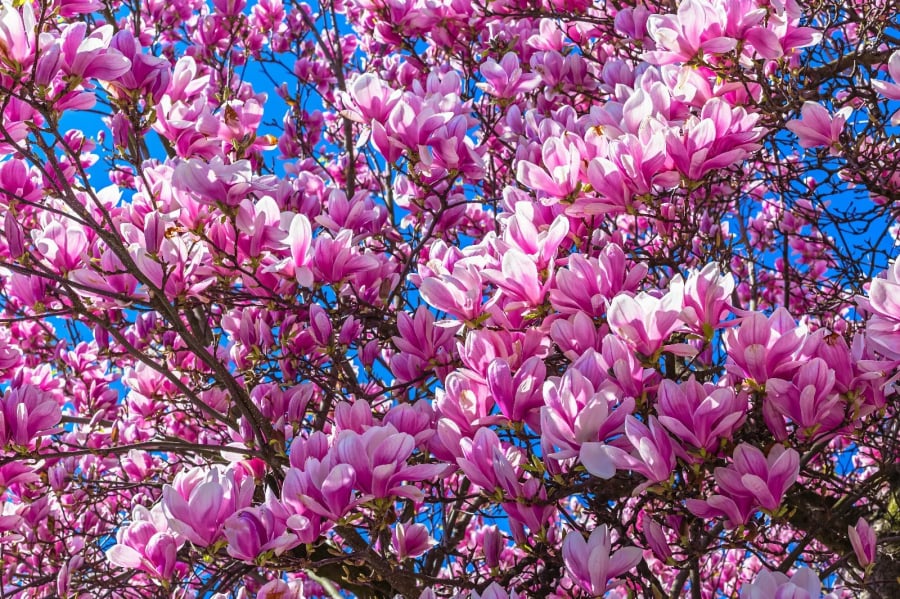
Slow-release fertilizers are ideal for Magnolia trees.
Pruning
Pruning is essential in the care of the “Mộc Lan Đĩa” Magnolia. The ideal time to do this is after the tree has flowered, ensuring that you don’t miss out on the floral display.
Pruning not only supports the tree’s vigorous growth but also helps shape it for a neater appearance. When pruning, pay attention to removing dead or damaged branches, as well as crossing or rubbing limbs. This will improve the tree’s access to sunlight and airflow, enhancing its vitality and aesthetic appeal.
Light
Light is a critical factor in the care of the “Mộc Lan Đĩa” Magnolia, and choosing the right planting location is essential. This tree thrives in bright light, requiring a minimum of six hours of direct sunlight daily.
However, for young trees, a bit of afternoon shade is necessary to prevent sun scorch. As the tree matures, its ability to adapt to varying light conditions improves, allowing it to grow more robustly. Understanding and meeting the tree’s light requirements is pivotal to its long-term health and development.
Temperature and Humidity
Temperature and humidity are vital considerations when growing the “Mộc Lan Đĩa” Magnolia. While these trees can adapt to diverse climatic conditions, they perform best in moderate environments. Extremes of temperature, either too cold or too hot, hinder their efficiency.
In regions with scorching summers, providing afternoon shade is essential to shield the tree from the intense heat. This will help maintain the tree’s health and promote ideal growth. Attending to the tree’s living environment is crucial to ensure its robust and sustained development.
Pests and Diseases
Pests and diseases are a significant concern for the “Mộc Lan Đĩa” Magnolia, with powdery mildew being one of the most common issues. This fungal disease manifests as a white powdery coating on the leaves, diminishing the tree’s vigor.
Powdery mildew typically thrives in humid conditions or when the tree is overly shaded. If you suspect your tree is affected, it is best to consult with tree care experts or experienced individuals to devise an effective treatment plan.
Additionally, root rot is another concern, which can damage the tree’s root system, weakening it and making it prone to toppling. Early detection of pest and disease signs is key to effectively safeguarding the health of your “Mộc Lan Đĩa” Magnolia.
Root rot typically occurs in waterlogged soil with inadequate drainage. If you notice signs of root rot in your tree, act promptly to find remedial solutions and salvage the tree’s health.
Caring for the “Mộc Lan Đĩa” Magnolia need not be daunting, but it does require time and dedication. By adhering to specific guidelines, you can maintain the tree’s health and promote its vigorous growth.
The Magnolia “Nhị Kiều” not only captivates with its beauty but also infuses a touch of romance into your space. Consider adding one to your garden and anticipate the joy of witnessing its ethereal, cloud-like blossoms unfurl in all their splendor!
The Lucky Few: Unlocking Abundance with the Power of the Double Fortune Tree
The laws of the Five Elements dictate that the tree “iron wood orchid” belongs to the Wood element and has a harmonious, generative relationship with the Fire element, as Wood fuels Fire. Thus, this tree is an auspicious presence for homeowners of both the Wood and Fire elements, bringing balance and prosperity to their abodes.




























